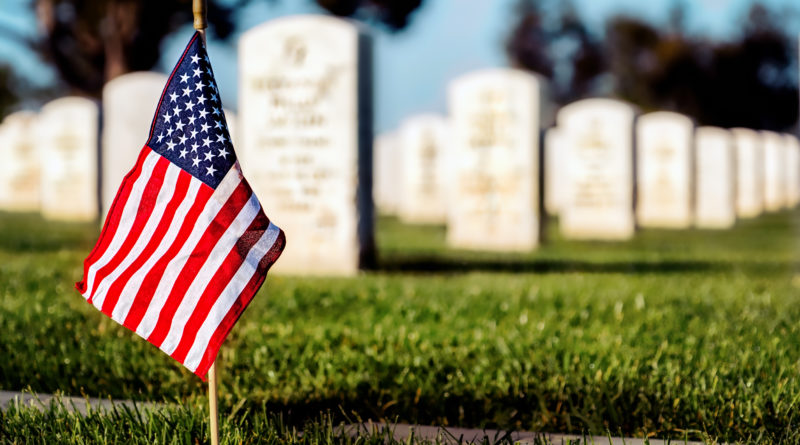Why Memorial Day Stopped Being Solemn Ages Ago
1,605 total views, 1 views today
These days, many people see Memorial Day as the unofficial start of the summer (and an occasion for serious shopping deals). Long before the holiday took on this meaning, it was instead one of the most solemn days on the American calendar. How did this transition happen?
Decoration Day
At the end of the Civil War, Americans looked back on their infighting with immense grief. 620,000 people died during the war, and many Americans felt that a formal day of remembrance would best honor those who lost their lives fighting.
Union General John A. Logan, who served as a Union veterans association known as the Grand Army of the Republic (GAR), took the initiative in creating this day, then known as Decoration Day. Following an 1868 note in which Logan proposed that people spend one day at the gravesites of fallen soldiers with flowers and gratitude, 5,000 Americans traveled to Arlington National Cemetery. There, future president James Garfield spoke of the fallen soldiers with honor and dignity before placing flowers and flags on their graves.
Not even a quarter-century later, Memorial Day would begin taking on an entirely different shape: that of the celebratory posture it holds today.
Decoration Day goes national
Just over ten years later, as the 1880s began, American passion for those who died serving the Union had diminished. With this taming of grief came wider acceptance of Decoration Day as not just a mourning holiday, but an opportunity to relax or go on an adventure.
New York may have set this trend. In 1873, it became the first state to name Decoration Day a state holiday, thereby mandating the shuttering of all businesses every year during its celebration. In 1889, Congress followed in suit and established this practice nationally. By then, Americans had already begun spending Decoration Day mornings remembering the fallen and Decoration Day afternoons doing family activities or spending their extra time off work with friends.
As the turn of the century neared, Decoration Day accelerated its path towards the modern Memorial Day. It would even go on to lose its name.
The modern Memorial Day is born
In its 1889 declaration, Congress designated May 30 as the annual day on which Memorial Day would take place. Just over two decades later, in 1911, nobody blinked an eye when the Indy 500 race — now a national sports staple, but then just debuting — was scheduled for May 30.
It had taken just 22 years — not even one-tenth the time for which the U.S. has existed independently of the U.K. — to shift the public perception of Decoration Day from a time of mourning to just another day off from work. Some historians attribute this change to the young people of the early 20th century not being old enough to truly recall the Civil War and its bloodshed. Thus, Decoration Day no longer required a historical connection to mean something to Americans. At this point, though, its meaning had shifted to the joy of a three-day weekend rather than the grief of a devastating war.
The name Decoration Day ultimately fell out of use by 1950. Since then, Memorial Day has fully transformed into the informal start of summer. That doesn’t mean nobody will be celebrating American soldiers today, but it does mean tons of people will be making their first beach trips.

